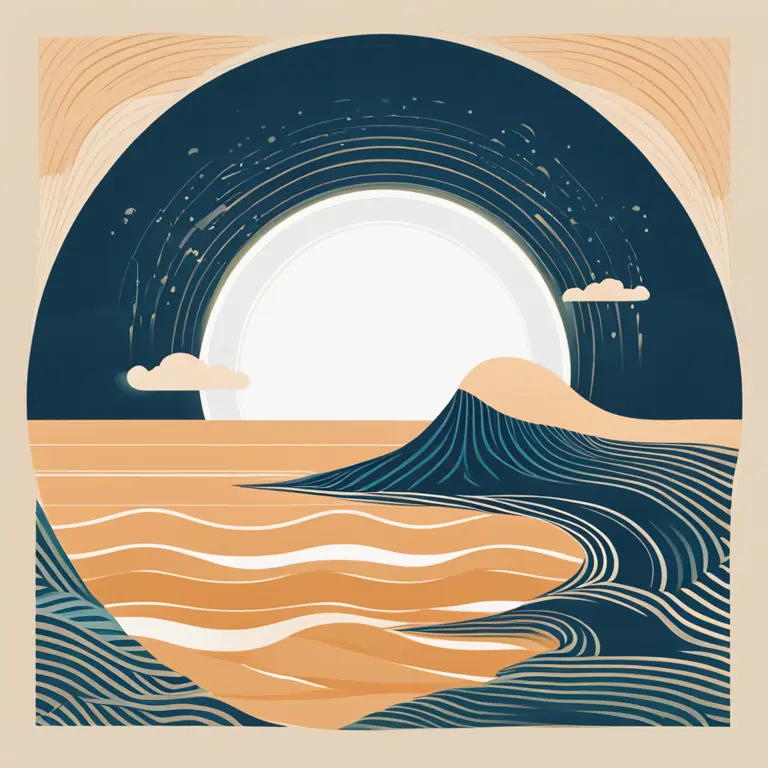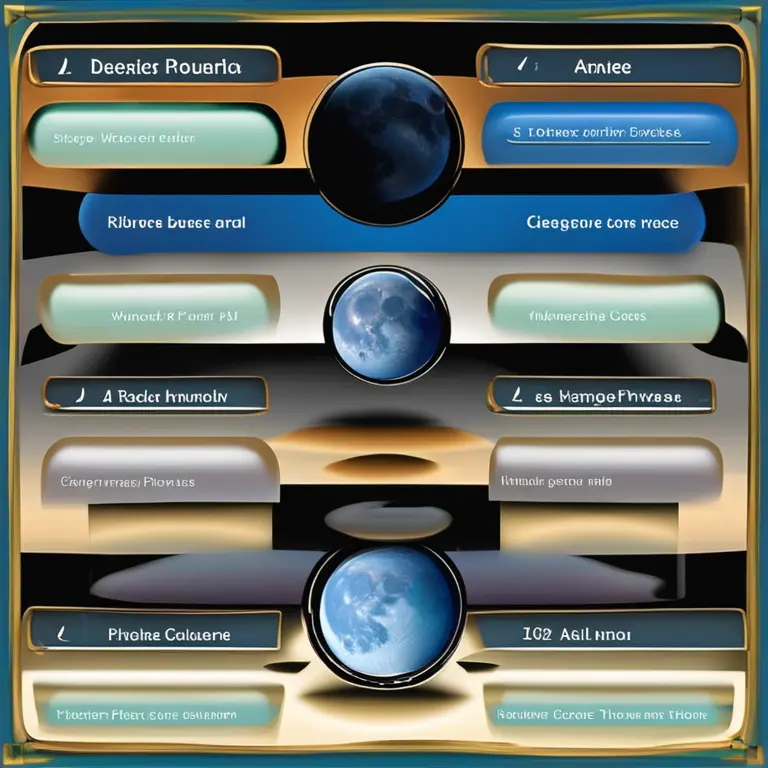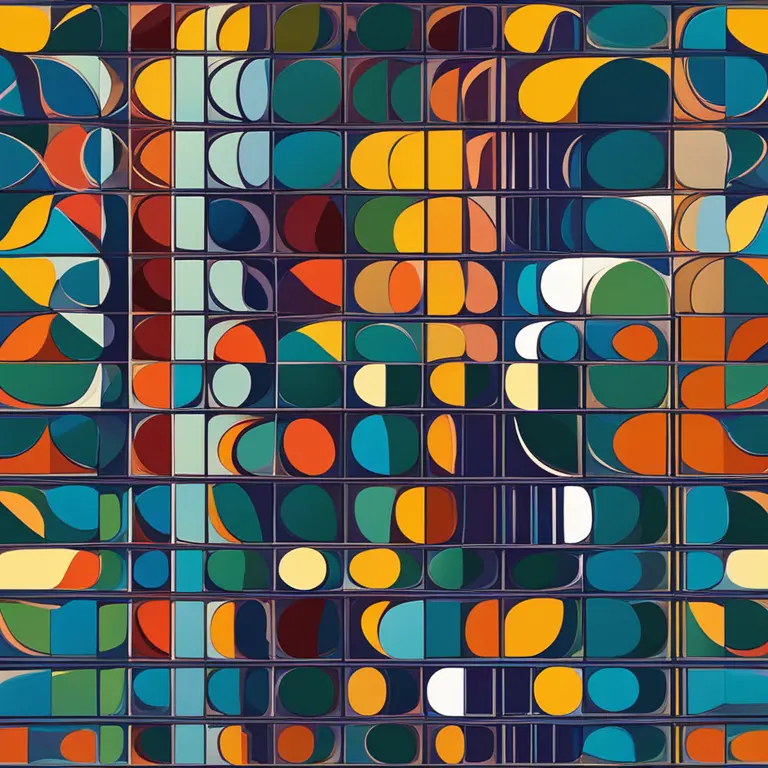
The Lunar Cycle and Low Tide Phases
Discover how the phases of the moon influence the ebb and flow of the ocean's tides, including which phase is associated with the lowest tides.
article by Priya Deshmukh
The Moon’s Gravitational Pull
The dance between the Earth and the Moon orchestrates the rhythmic rise and fall of the planet's oceans categorized as tides. The gravitational pull of the moon creates bulges of water on Earth, leading to high and low tides. While the sun also exerts a gravitational force, the moon's proximity to Earth renders its pull more consequential for tidal changes. Tides follow a semidiurnal pattern, cycling through high and low about every 12 hours and 25 minutes, roughly in sync with the moon's orbit around Earth.

Moon Phases and Tidal Patterns
The moon undergoes phases—from the new moon to the full moon—over approximately 29.5 days, affecting the magnitude of tides. The new moon and full moon phases, when the sun, Earth, and moon align (known as syzygy), result in spring tides, with the highest high tides and lowest low tides. In contrast, during the first and third-quarter phases, the gravitational forces of the moon and sun are perpendicular, resulting in neap tides, where the difference between high and low tides is less pronounced.

The Phase with the Lowest Tide
It is a common misconception that the lowest tides occur during the crescent or gibbous phases, but in truth, the lowest tides—called tidal troughs—occur during the new moon and full moon. These spring tides bring about the most significant exchange of water due to the combined gravitational effects of the moon and sun working together. The synergy of their forces pulls the water strongly, leading to both the highest high tides and the most extreme low tides we experience.

Understanding Tidal Amplitudes
Tidal amplitude, or the vertical distance from the low to the high tide, varies over the lunar month and is influenced by the moon's phase. During spring tides, the amplitude reaches its zenith, as does the potential for tidal extremes. Conversely, during neap tides, resulting from the first and third quarter moons, this amplitude is at its nadir, presenting the least variation between high and low tides. Thus, the tides' intensities are not a static phenomenon but ebb and flow with lunar phases.

Astrological Implications for 2024
Astrologically, each moon phase mirrors a potential for different energies and opportunities. As we look forward to 2024, keeping an eye on the moon’s cycle could prove beneficial for those seeking alignment with natural rhythms. For example, the new moon, associated with beginnings and the lowest tides, could symbolize the ideal moment for initiating projects, reflective of the ebbing away of previous barriers, and new paths emerging as the water retreats.
Tapping into Tidal Energy
The understanding of lunar tides transcends practical knowledge, intertwining with the spiritual and emotional realms. In palmistry, astrology, and other esoteric practices, the moon phase at any given time may influence decision-making, emotional states, and energy work. Harnessing such knowledge, one may align their endeavors with the natural ebb and flow of lunar energy, analogous to the lowest tides, which present a moment of calm and potent potential for both the sea and the soul.
Published: 1/19/2024
Modified: 1/19/2024
More predictions
Come back here soon to learn more about yourself and your future


The Accuracy of Moon Phase Watches
Discover the precision of moon phase watches and their place in the intersection of timekeeping and celestial movements.


Are Moon Phases Universal?
Delve into the intriguing question of whether the moon phase is the same across all locations on our planet, and how this celestial phenomenon influences astrology and horoscopes.


The Mystery of Lunar Phases: What Causes Them?
Delve into the celestial mechanics behind the lunar phases and how they influence our astrological interpretations.